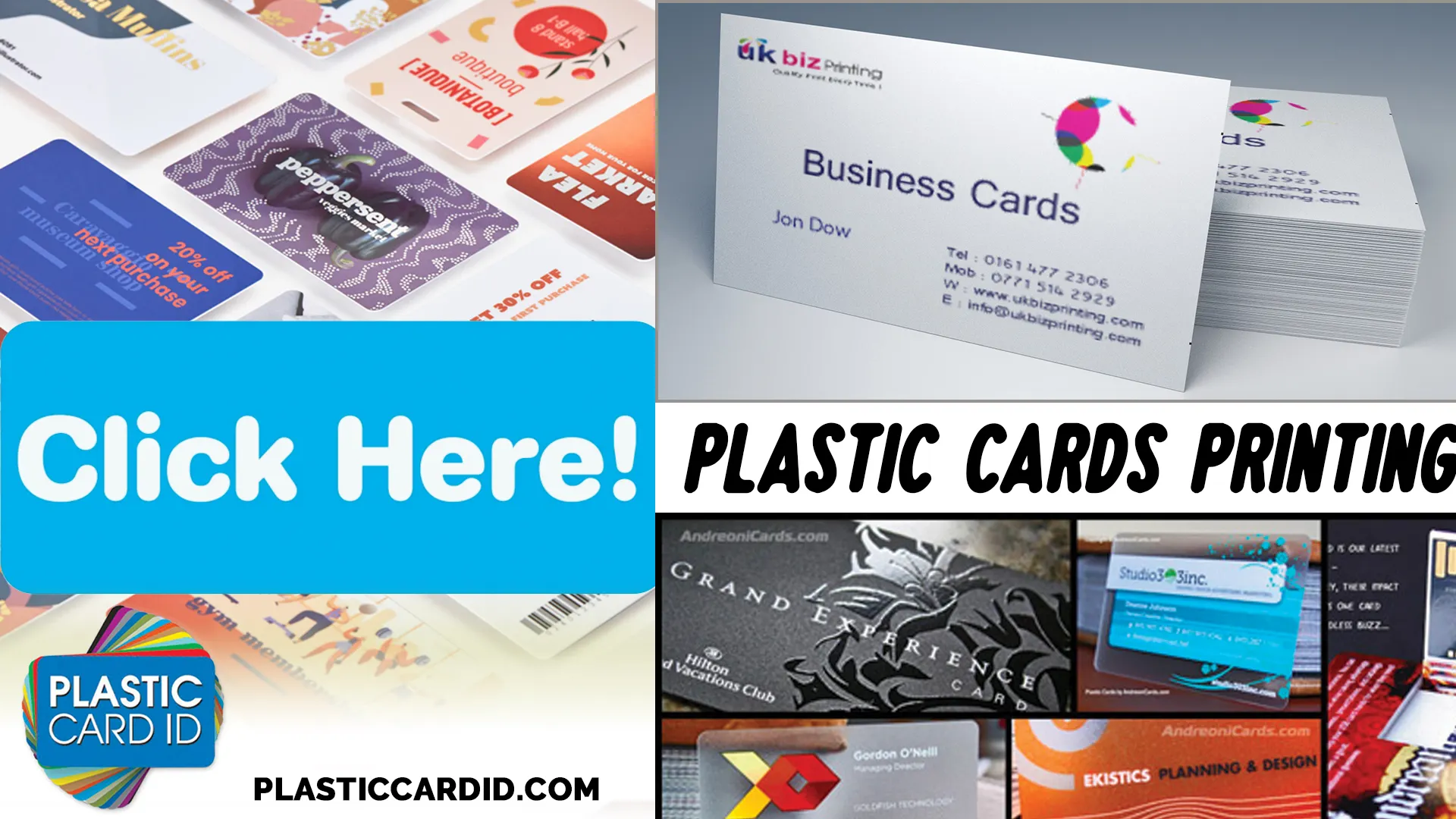Eco-Battle Breakdown: Plastic Vs Paper Cards Cost Analysis
Plastic Vs Paper Cards Cost
Welcome to Plastic Card ID

At Plastic Card ID , we understand how important it is to make the right choices for your business needs, particularly when it comes down to the essential tools you use every day. One such decision that may not seem paramount-but can have significant consequences-is the choice between plastic and paper cards. Whether for business cards, membership cards, loyalty programs, or gift cards, the materials you select can profoundly impact your brand image, customer experience, and even your budget. Let's delve into the insights that empower you to make informed choices.
The Durability Dilemma
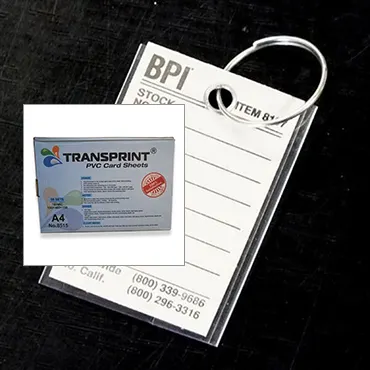
Durability is a defining factor in the decision-making process when it comes to selecting card materials. A card that can withstand daily wear and tear reflects a level of quality and reliability that businesses seek to associate with their brand.
Longevity of Plastic Cards
Plastic cards hold the reputation for being robust and can endure the hustle of everyday use. The material is typically resistant to water and less likely to wear down or tear. This means that your investment lasts longer, and the card continues to serve its purpose effectively over time.
Environmental Impact of Paper Cards
When it comes to sustainability, paper cards can have a leg up on their plastic counterparts. Paper is biodegradable, often easier to recycle, and can be made from recycled materials itself, making it a more environmentally friendly option.
The Texture and Feel
The tactile experience of your card can influence a customer's perception of its value. Plastic cards often carry a certain heft and smoothness that suggest a premium product, whereas paper cards have a more traditional and organic feel.
Cost Considerations

Cost is a critical component in the Plastic Vs Paper Cards Cost debate. Budget-conscious businesses need to crunch the numbers to find a solution that doesn't break the bank while still delivering on quality.
Initial Investment for Plastic Cards
Producing plastic cards typically requires a higher initial outlay. The materials and printing processes used in making them can add up, making them more expensive than their paper counterparts.
Life Cycle Cost of Paper Cards
Paper cards may be cheaper to produce, but their shorter life span could lead to more frequent replacements. Over time, the total cost of ownership for paper cards could equal or even exceed that of plastic cards.
The Balance between Quality and Expense
Deciding between the superior durability of plastic and the lower upfront costs of paper involves striking a balance. Businesses must assess the value proposition each option offers to determine which aligns best with their financial and branding goals.
The Aesthetic Appeal

The visual presentation of your cards is not to be overlooked, as it is a direct extension of your brand's image. Aesthetics play a crucial role in making a memorable impression on customers.
Customization Potential of Plastic
Plastic offers a broad range of customization options-from glossy finishes to transparent features and embedded technology such as RFID. This variety allows businesses to create distinctive designs that can capture their brand's essence and stand out.
Eco-Friendly Image with Paper Cards
Opting for paper cards can be an intentional move to demonstrate your company's commitment to environmental responsibility, an increasingly important value for consumers. Eco-conscious designs on paper can resonate strongly with this audience.
Vibrancy and Print Quality
Both plastic and paper provide excellent canvases for high-quality printing, but the vibrancy and sheen of laminated plastic cards often give them a brighter, more vivid appearance compared to paper cards.
Functional Versatility
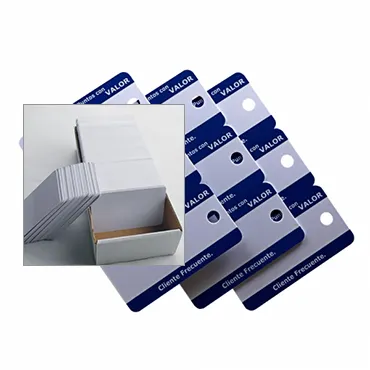
The functionality of your cards is another aspect where material choice plays a pivotal role. From access control to tracking customer behavior, the capabilities of your cards can enhance the user experience significantly.
Technological Integration with Plastic
Plastic cards seamlessly accommodate various technologies, such as magnetic stripes or chips, making them ideal for multifunctional use, such as in credit cards or security badges.
Flexibility and Ease of Paper Cards
For certain applications, such as temporary membership cards or event passes, the ease and flexibility of paper cards can be a more practical choice, providing a simple and cost-effective solution.
Choosing Based on Purpose
Ultimately, the intended use of your cards should guide your decision. Whether longevity or short-term practicality is key, select the material that fits the purpose of the cards and the nature of your business.
Environmental Responsibility
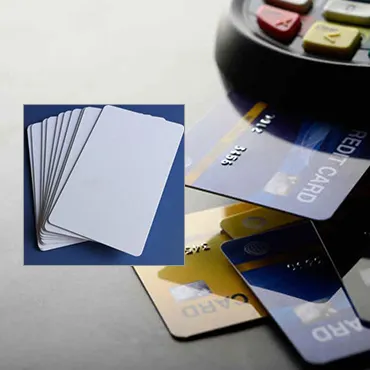
Corporate responsibility toward the environment is more than a trend. It's a commitment to future generations. The material you choose for your cards reflects your brand's stance on ecological matters.
Recyclability of Materials
As more consumers look for sustainable options, choosing recyclable materials like paper can be a small but significant step towards a greener business model.
Biodegradability and Renewability
Biodegradable options, such as paper, lessen the environmental impact of disposing of your cards. Opting for renewable resources furthers that positive environmental contribution.
Consumer Perception of Brand Values
In a landscape where green initiatives can sway customer loyalty, the materials you choose for your cards can send a strong message about your brand's values and influence consumer perception.
User Experience and Brand Interaction
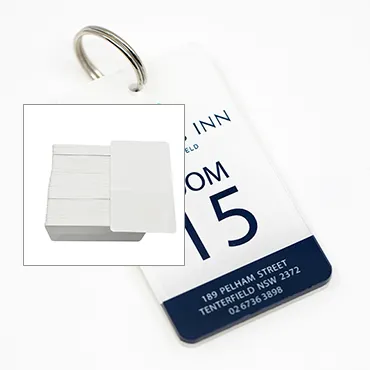
An often-overlooked aspect of card material selection is how it affects the user experience and interaction with the brand. The card is a physical touchpoint between your business and customers.
Handling and Use Comfort
The comfort and handling of a card can affect the user's experience. Plastic cards can feel more durable and professional, while paper cards offer a familiar and warm interaction.
Engagement through Design
Great design transcends the material it's printed on-whether you choose plastic or paper, ensure the design is engaging and reflective of your brand to maximize customer interaction.
Retention and Referral Potential
A card that meets user needs and exceeds expectations can become a tool for retaining customers and generating referrals, strengthening the bond with your business.
Meeting Industry Standards

Different industries have diverse requirements when it comes to cards, influenced by customer expectations, regulatory compliance, and operational needs.
Financial and Security Obligations
In industries like banking or security, the robustness and tech compatibility of plastic cards can be mandatory, meeting higher standards of functionality and data protection.
Health and Sanitation Concerns
Especially relevant in healthcare or food service industries, cards must meet sanitation standards. Plastic's easy-to-clean surface offers an advantage in environments demanding rigorous hygiene practices.
Adherence to Operational Processes
Your choice should align with your operational processes. Efficiency, usability, and the ability to integrate with your systems are considerations that can inform your decision on card materials.
Custom Solutions from Plastic Card ID
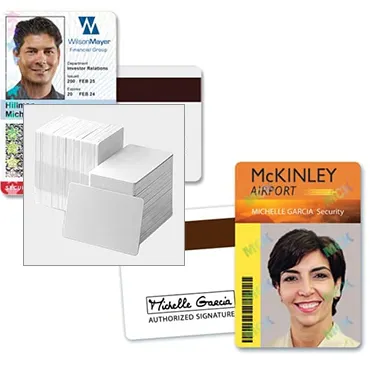
No matter where you land on the Plastic Vs Paper Cards Cost discussion, Plastic Card ID is here to offer custom solutions that respect your preferences, budget, and business values. Reach out to us at 800.835.7919 for new orders or any questions, and rest assured that we will provide expert guidance and high-quality products tailored to your specific needs-serving you wherever you are, nationwide.
Our Commitment to Your Satisfaction
We are dedicated to ensuring that each customer receives personalized attention and products that deliver performance and satisfaction. Our team is here to support you every step of the way.
The Difference
Experience the difference with our extensive knowledge, innovative solutions, and a commitment to excellence that sets us apart in serving our clients. We hold your business in high regard and strive to contribute to your success.
Get in Touch Today
Don't wait to make the right choice for your business. Contact us to explore your options and find the card materials that will help your brand shine. Our team is just a call away at 800.835.7919 , ready to assist you with exceptional service.
Thank you for considering Plastic Card ID for your card needs. We look forward to becoming part of your journey to achieving branding and operational excellence. Remember, no question is too small, no order too big. We're here for you, nationwide, whenever you need us.
Previous Page

